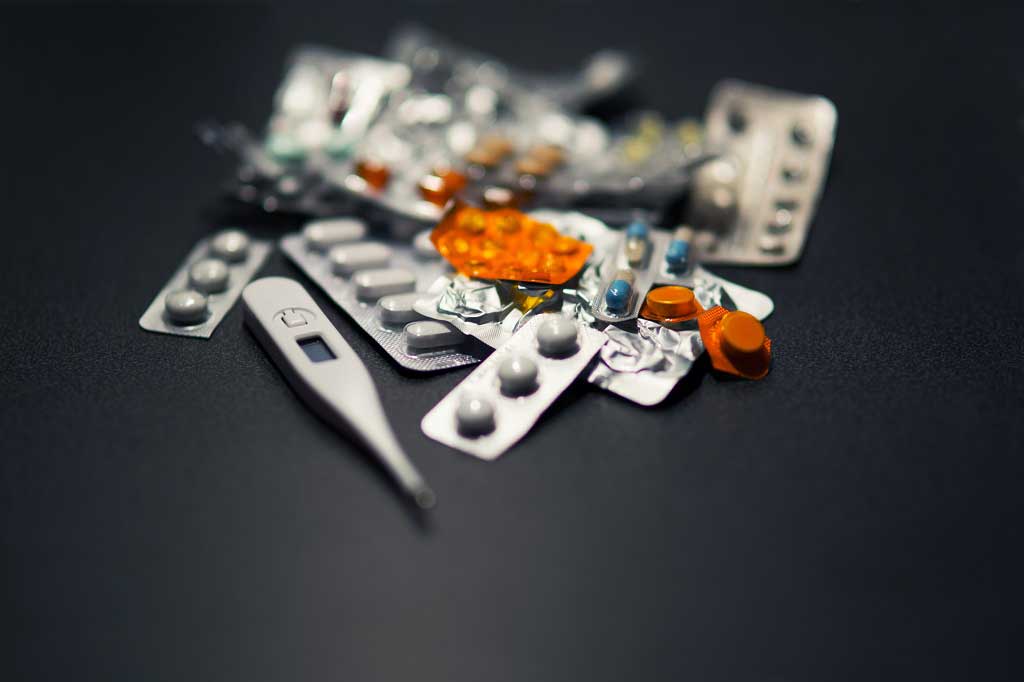Stem cells used to repair children's eyes after cataracts
Genetics and stem cells
"Children with cataracts regain sight after radical stem cell treatment," The Guardian reports. The new operation, carried out on 12 children under two years old in China, was to treat childhood cataracts…
"Children with cataracts regain sight after radical stem cell treatment," The Guardian reports.
The new operation, carried out on 12 children under two years old in China, was to treat childhood cataracts – a condition where a baby is born with clouded lenses in their eyes, blocking vision.
Usually, babies with cataracts are treated by having the cloudy lens removed through a hole made in the centre of the lens capsule – the piece of tissue that holds the lens in place.
They would then need glasses or an artificial lens implanted to help them focus. However, this technique often causes problems, which can block the baby's sight.
The scientists turned this operation on its head, harnessing the ability of the lens stem cells to regenerate to create new working lenses in the babies' eyes. They developed a new surgical technique to remove the clouded lenses through a tiny cut away from the centre of the lens capsule.
Within six months, new functional lenses had regrown, giving the babies eyesight that may not require glasses, with fewer complications.
Childhood cataracts are rare in this country. Age-related cataracts are far more common and are now the leading cause of visual impairment worldwide.
While the researchers seem cautiously optimistic the technique could work in adults, they warn that, "there are important differences between paediatric and adult cataracts."
The technique will probably need to be refined through further research before this question is answered.
Where did the story come from?
The study was carried out by researchers from Sun Yat-sen University, Sichuan University and Guangzhou KangRui Biological Pharmaceutical Technology Company in China, the University of California, Brigham and Women's Hospital and Harvard Medical School, University of Texas Southwestern Medical Center and the Veterans Administration Healthcare System in the US.
It was funded by 973 Program, a Major International Research Project, 863 Program, Sun Yat-sen University Research to Prevent Blindness and the Howard Hughes Medical Institute. The study was published in the peer-reviewed journal Nature.
The study was widely covered in the UK media, along with a separate study in animals looking at the potential of stem cells to regenerate into different types of eye tissue. Most of the reports seem broadly accurate. The Sun, perhaps over-optimistically, said researchers were now close to "a cure for blindness". While the two studies may show major advances, there are many causes of blindness, and it's too early to talk about all types of blindness being cured.
What kind of research was this?
This was an experimental study done in several phases – firstly looking at how lens cells grow in the laboratory. The researchers then used rabbits and monkeys to test the technique. Finally, they carried out a small randomised controlled trial in children. It shows how scientists work from theory to treatments, using different research methods as their work develops. Randomised controlled trials are usually the best way to tell if a treatment works.
What did the research involve?
Researchers began by looking at the properties of lens epithelial stem cells (LECs). These are cells that regenerate replacement lens cells as a person ages, but this process slows as a person gets older. They wanted to see which genes controlled how they developed into fully formed lens cells.
After establishing that LECs had the potential to regenerate lenses, they started developing their surgical technique on young animals – firstly using rabbits, then macaque monkeys.
When they had shown that both animals could regenerate complete, working lenses from the LECs that remained in a largely intact lens capsule, the researchers carried out the surgery on 12 children (24 eyes). They then compared the results to 25 children (50 eyes) treated with the conventional method.
The surgery was carried out as a randomised controlled trial, with children randomly allocated to either the new operation or the standard method. The new operation involved making much smaller cuts in the lens capsule (about 1 to 1.5mm, compared to the standard 6mm diameter hole made in conventional surgery). Both eyes were operated on in the same session.
After the operation, all the children were regularly examined to see whether the back of the eye could be clearly seen through the capsule. Regular eye examinations showed how quickly the lens regenerated, when the lens was complete and how well it refracted light, whether there were any complications such as swelling or bruising, or blockage of vision.
Researchers also tested the children's vision and how well their eyes could focus on objects at different distances. The people doing the assessments did not know which type of surgery the children had undergone.
The results were compared between the group that had the conventional surgery and those that had the new operation.
What were the basic results?
Six months after surgery, all the children given the new treatment had regenerated a new lens in both eyes, and the openings made to the lens capsule had closed and healed.
The children had eyesight as good as the children who'd had conventional surgery (most of whom had also needed additional laser surgery to remove abnormal growth of lens tissue three months after the initial operation).
Only one eye of the 24 operated on with the new surgery became clouded during the six months after surgery, compared to 42 of the 50 eyes operated on with the conventional surgery. The overall rate of complications was also much lower. For the children who'd had conventional surgery, 92% of eyes had some kind of complication, and 84% needed additional laser surgery. For the children treated with the new technique, 17% had some type of complication and none needed additional surgery.
How did the researchers interpret the results?
The researchers said they had shown that using minimally invasive surgery in young children allowed the eye to regenerate a working lens, with a much lower rate of complications than standard surgery.
They raise the prospect that their findings, "may have implications for lens regeneration in elderly patients with age-related cataracts" although they warn that there are, "important differences" between child and adult cataracts that may mean the technique would not work as well in adults.
Adult cataracts are harder, so more difficult to remove in one piece without damaging the lens capsule, they said. Also, although LECs do have the potential to regrow in adults, the lens regeneration process might take much longer.
Conclusion
This is an exciting study, which shows that a new technique may be a much better alternative for treating babies born with congenital cataracts. It also suggests new ways for scientists to look at tissue regeneration from stem cells in the future.
We now need to see the study repeated on a larger scale, to see if the initial results can be replicated. Only 12 children were treated with the new technique in this study, which is a very small set of results to rely on. We also need to see long-term follow up on these children, to find out how long the regenerated lenses continue to be free from cataracts.
The suggestion that this treatment may also be suitable for adults should be treated with caution. As the researchers say, age-related cataracts are different from congenital cataracts and there are numerous other reasons why the operation may not work as well – or at all – in older people.
However, it's good to report on a surgical breakthrough that seems worthy of the name, in a field of medicine that has the potential to make a huge difference to children's lives (and, in the future, possibly adults as well).






 Subscribe
Subscribe Ask the doctor
Ask the doctor Rate this article
Rate this article Find products
Find products







